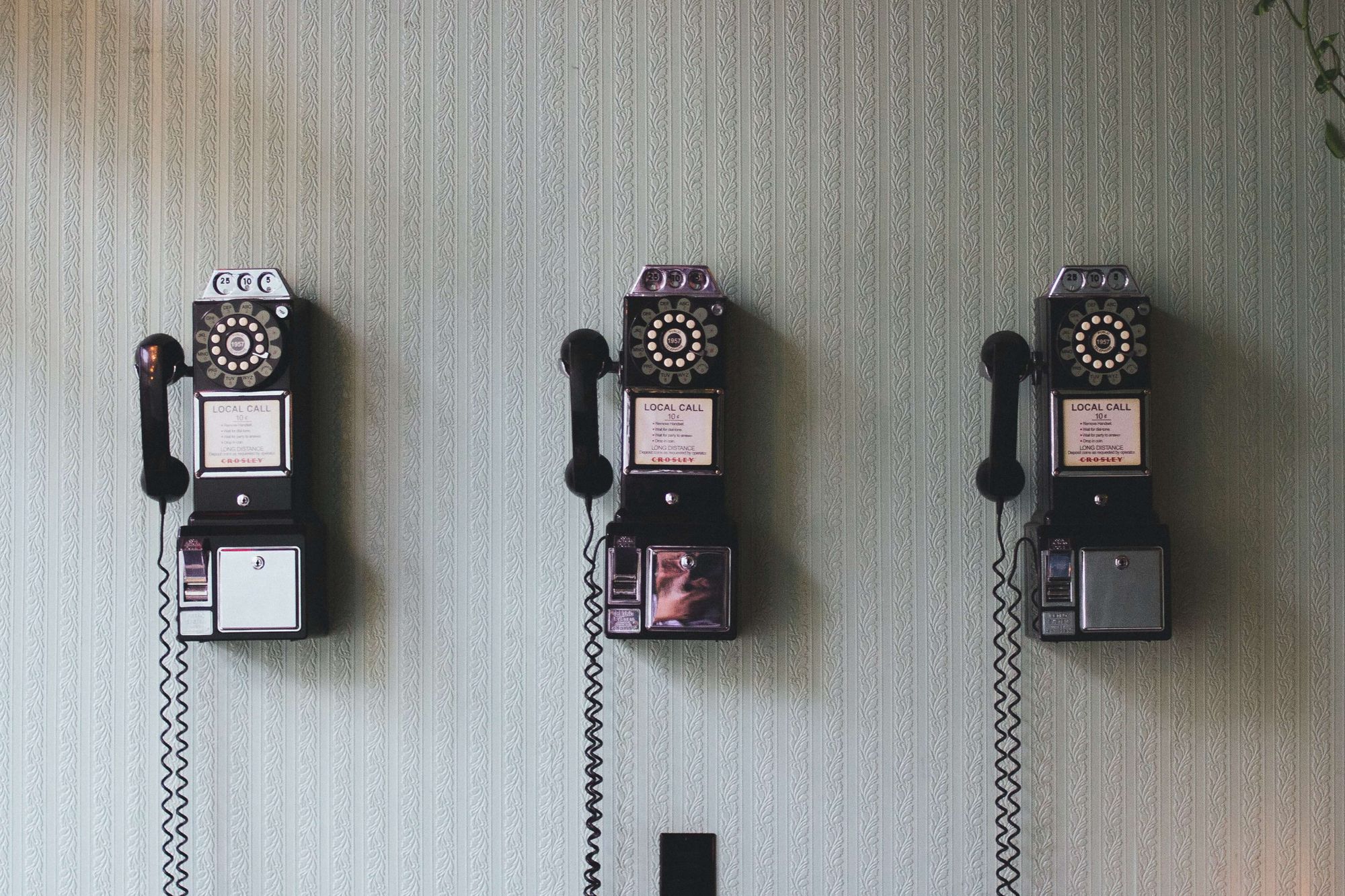For the entirety of my career, I’ve told stories. Personal profiles, crime reports, pop culture features, obituaries and case studies are some of the formats I used to paint pictures with words. And over the years, I learned valuable lessons.
Never underestimate the Bronx. (Case in point: “Nude dining on menu”.) And don’t forget to be human.
Common sense, right? You’d think.
But time and time again, we (marketers, copywriters, corporate storytellers) continue to forget the basics.
If you’re responsible for writing case studies — showcasing the value of your corporate brand through customer stories — let me lend a hand. After transitioning from the world of news to corporate America, case studies were one of my favorite pieces to write. They allowed me to dig in and learn about customers’ unique successes.
But they weren’t easy. And if you’re responsible for your organization’s case studies, like I was, you know there are many roadblocks between you and that polished piece of marketing gold. So let’s review five tips that will help you and your customers create a winning case study!
Tip #1: It’s not all about you.
It’s about the customer. Period. You want to showcase them in a case study because they did something awesome, right? That’s their success — not yours. Did your product help them achieve it? Sure. But that’s not the main point. Case studies shouldn’t be a commercial about your organization.
They should highlight the incredible/inventive/successful ways the customer did a thing. Interview, write and produce the copy with this in mind, and you’ll both reap the benefits. Remember, your organization is publishing the case study, so no one is going to wonder who the customer’s taking about. Let them shine, and your org will have a backseat win.
Tip #2: Time is on your side.
We all love a big sale. But asking a customer to participate in a case study the moment (or even mere weeks) after they signed on the dotted line isn’t best for anyone. Give them time. Not only do they need to complete a successful onboarding, but they also need enough time to demonstrate change.
The bulk of your case study should focus on how your organization/product(s) helped them achieve success in their environment. They can’t begin to explain that until they’ve used it for a period of time. To our friends in sales, (this may sting) you shouldn’t even approach a customer about participating in a case study until they’ve been with you for a minimum of six months. So take a breath and wait.
Tip #3: Prepare for your interview.
You may be thinking, “Wow, Jeni. Thanks for that bit of common sense.” But stay with me. These steps are often overlooked in the rush to get a shiny new story. But keeping them in mind will help set you up for success:
Don’t call it an interview (if possible).
- Most people hate being interviewed. But they love having conversations about what they're doing well. When scheduling, consider this subject line: Sharing the [insert name of company] story It’s a conversation, not an interview. ;)
Be mindful of who you interview.
- While it’s always nice to have a quote from the university president, CEO or hospital president, don’t spend the majority of your time with these folks. Talk to the people who use your product the most, as they’re the ones who know the benefits it provides.
Draft a list of questions that tell the story you want to tell.
- When your questions have a good, natural flow, so will the conversation. And this will lead to far more (and better) content.
Make your questions short and clear.
- If your question is so long that you lost your interviewee before you finished talking, you’re making things too complicated. Short and clear wins the race.
Don’t give the questions in advance.
- If you can avoid it, don’t share the questions before the interview. When you do, you’ll get canned, unnatural-sounding responses. This is especially important if you’re recording the interview for a video case study. Always aim for on-the-spot, genuine reactions.
Tip #4: Consider the perspectives.
Remember how I said to focus the majority of the interviews on the people who use your product the most? Do that, but don’t only use their voices. One thing I’ve noticed over the years is — ahem — people get lazy. Interviewing one or two people is not good enough for an in-depth case study.
Let me repeat…if you are only getting the voices/perspectives of one or two individuals at an organization, there’s a very high chance you’re missing critical content.
For less complex stories, I recommend interviewing a minimum of three people. For more complex stories, you’ll chat with more. But don’t go overboard either. Be mindful of why you’re talking with each person. What unique information do they hold? How will they enhance the story?
Tip #5: Dedicate the time (in person) they deserve.
If you’re able to conduct the interviews for a case study in person, it will turn out better than if they’re remote. That’s because the basis of getting a good story is the relationship you have with the individuals who you’re asking to participate.
And…probably no surprise…it’s much easier to create genuine relationships with people when you’re in person.
Meeting with your customers at their location also shows that your organization respects and appreciates their work and is willing to dedicate the time and dollars to send you on site. I’ve received this exact feedback from customers multiple times after traveling to them to tell their story. They were extremely grateful and remain some of my most dedicated customers to this day.
In summary, when it comes to everything you can (and should do) to create a quality case study, the above content only scratches the surface. But these tips will put you on the right path. And if you remember to always put your customer at the center, to shine the light on them and their success, you’ll build a strong foundation for a stellar piece. Have fun on your case study journey!
Not ready to finish learning? We've got a few more components up our sleeve....





